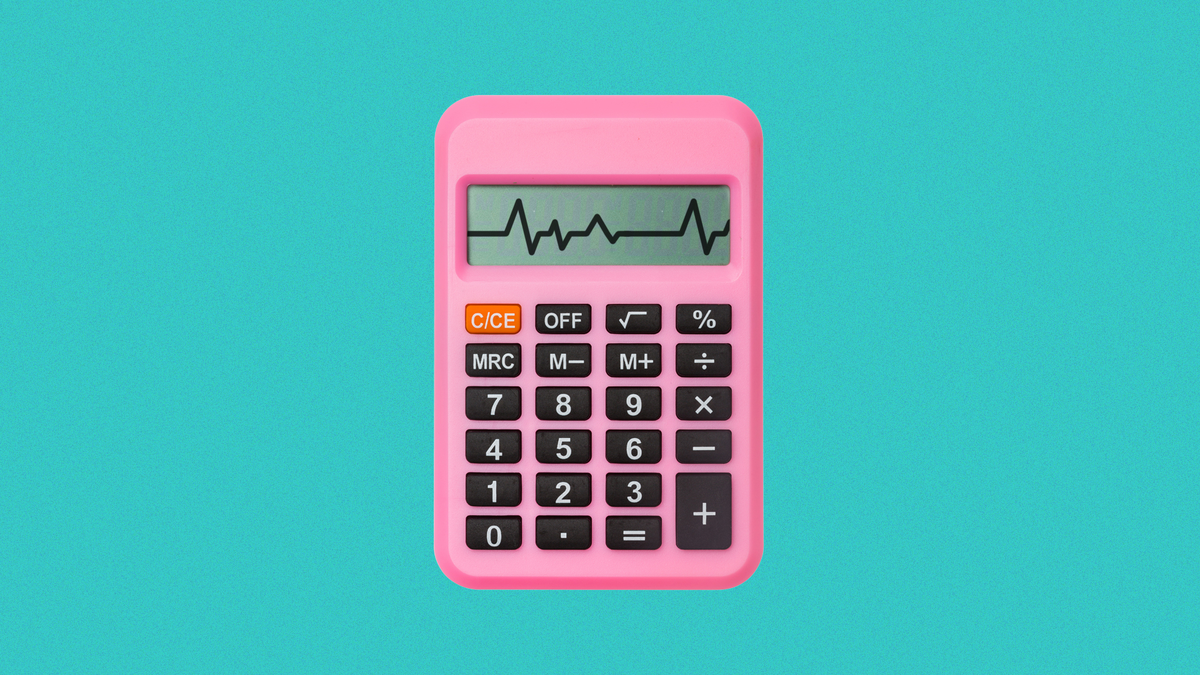
Economy, International Markets, Week in Review
Argentina’s mixed economic signals: Growth projections amid payment concerns
Argentina’s economy has shown signs of stabilization following a challenging year marked by severe poverty, soaring inflation and significant sociopolitical pressures. Today, the country stands as one of the largest economies in Latin America, with a gross domestic product (GDP) of approximately $640 billion, per the World Bank Group.

Argentina’s economy has shown signs of stabilization following a challenging year marked by severe poverty, soaring inflation and significant sociopolitical pressures. Today, the country stands as one of the largest economies in Latin America, with a gross domestic product (GDP) of approximately $640 billion, per the World Bank Group.
GDP is predicted to expand by 3.4% in 2026 from an expected 5% this year, according to the median estimate of 28 analysts polled between July 21-25, Reuters reports. Meanwhile, inflation is projected to fall 23% in 2026 from a projected 42% this year.
Despite decreased inflation, Argentinians continue to face high costs and low wages. “In 2024, consumer prices shot up 237%, the worst since 1991 when Argentina was experiencing a similar economic shock,” the Reuters article reads. “Growth stagnated in recent months as a result of flattening real wages, increased uncertainty and the slowdown in credit from a restrictive monetary policy,” Federico Filippini, head of research at Adcap told Reuters.
In response, President Javier Milei developed an economic program that implemented radical cuts to public spending, including reductions in healthcare, education, social services and public infrastructure projects, to achieve a fiscal surplus.
“But his program has also involved an early nominal devaluation, which then saw the Argentine peso appreciate, making the country more expensive in dollars,” reads an article by Al Jazeera. “This, combined with a sharp fall in real wages, has delivered a significant blow to the purchasing power of large sections of the population.”
Customer payment behavior in Argentina has deteriorated compared to the previous year. According to the FCIB Credit and Collections Survey, Argentinian customers averaged 32 days beyond terms in June, representing a one-day increase from August of last year.
Current survey data shows mixed trends in payment delays. In the latest survey, 86% of respondents reported that payment delays are remaining stable, while 14% indicated delays are increasing. When comparing year-over-year trends, respondents were evenly split: 50% said payment delays remained unchanged, while the remaining 50% was divided between those reporting increases and decreases in delays.
The June survey identified the leading causes of payment delays as billing disputes (57%), customer payment policies (43%) and cultural norms and customer practices (43%). This represents an improvement from August of the previous year, when 50% of respondents cited a broader range of issues including regulatory problems, government approval delays, central bank complications, customer payment policies and billing disputes.
To secure payment from Argentine customers, credit professionals recommend two key strategies: conducting thorough customer due diligence and requesting cash payments in advance whenever possible. The latter is particularly important given that many insurance companies exclude coverage for customers in Argentina.





